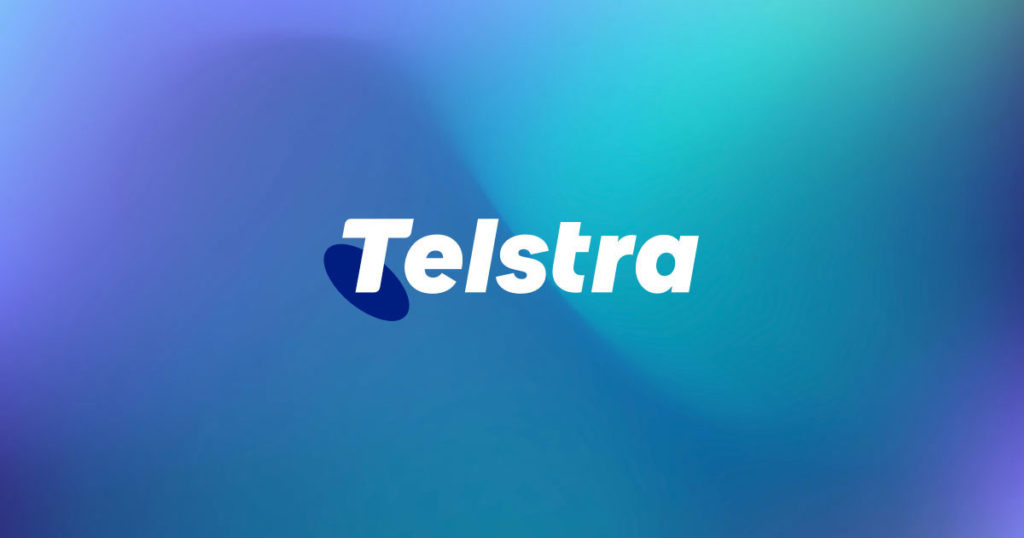Telecommunication is one of the biggest industries in the world, despite that only a few names rule the said industry. One such name is Telstra, the largest telecommunication and internet service provider in Australia, that too serves several other countries and provides its services. The company deals in a wide range of network and communication products and services, including fixed-line and mobile telephony, internet, wholesale, retail internet, cable internet, ADSL internet, mobile broadband, satellite internet, dial-up internet, low-cost internet, subscription television, etc.
About The Company
With a history of more than 100 years, Telstra started as a government entity and turned to be one of the largest independent (public) telecommunication service providers in Australia. Apart from Australia, Telstra provides its services to other countries as well. It works in four separate units that include Telstra Consumer and Small Business, Telstra Enterprise (TE), Network and IT (N&IT), and Telstra Infraco. Telstra has its headquarters in Melbourne, Australia, and about 30,000 people are working for the company in its different offices across the world.

The Foundational Story of Telstra
It all started with the invention of the telephone and the telegraph. Australia got its first telegraph line in 1854, and in 1878, Australia tested its first long-distance call. The country then had started around 30,000 operating telephone services, but there were no authorities to handle the services. In 1901, the Postmaster-General’s Department (PMG) was appointed to control and maintain the telegraph and telephone services along with the postal services. By the year 1922, there were multiple trunk lines installed in the country, and PMG was still controlling the telephone service. In 1925, Australia got its first three-channel telephone carrier systems that enabled multiple calls on a single line.
In the next two decades, telephone communication was also established for international calling for some of the countries including Antarctica and Finland. In 1952, PMG adopted a new telephone system, i.e., automatic TRESS (Teleprinter Reperforator Exchange Switching System). In the next ten years, the introduction of coaxial cables revolutionalized the telecommunication field, such that these cables could handle thousands of calls simultaneously and could do TV retransmission.
In 1970, PMG had a spin-off, and the Australian Telecommunications Commission became a separate authority with the name Telecom. Telecom was offering international direct dialing (IDD) service for 13 countries in 1980, and by the next year, the demand for IDD increased by 800%. The company then introduced the first push-button telephone in 1978. Computerization was also becoming popular around the 80s, such that the first computerized exchange was established in Victoria in 1981.
In the coming ten years, the company was also working on providing mobile services to Australian consumers. In 1992, Telecom partnered with a foreign company named Telecommunications Corporation and formed Telstra. The newly built company introduced its internet services for personal and business clients with the name BigPond in 1996. It is now Australia’s largest cable internet service. In 1997, Telstra had its first IPO listing in ASX.
In the late 90s and the beginning of the 2000s, Telstra started to focus on mobile communication and internet services with BigPond. It also launched the BigPond Music and BigPond Movies services in 2007. Epitiro ranked Telstra as the top Australian ISP in 2009.
In the next two years, Telstra started its 4G services and even introduced pocket size 4G routers for its prepaid customers. In 2013, the company came up with the first-ever LTE-Advanced Carrier Aggregation network in the world that used the 900 MHz and 1800 MHz spectrum bands. In 2014, the company partnered with companies like Huawei and Ericsson to work on the LTE technology at advanced levels. As a result, Telstra launched the world’s first 450 Mbit/s LTE-A downlink with a Category 9 device. It also demonstrated the first live 5G trial in Australia partnering with Ericsson in 2016, followed by the launch of the world’s first Gigabit LTE-Advanced mobile network in 2017.
The CEO

Andrew (Andy) Penn is the current CEO of Telstra. Penn joined Telstra in 2012 as the Chief Financial Officer, and later, in 2014, he was also appointed the Group Executive International. He was promoted to the position of the CEO of the company on 1st May 2015, and since then, he has been leading Telstra to get it at the top in the 5G technology. Before Telstra, Penn has worked in three different industries, i.e., telecommunications, financial services, and shipping, and has got over 40 years of working experience.

Yashica is a Software Engineer turned Content Writer, who loves to write on social causes and expertise in writing technical stuff. She loves to watch movies and explore new places. She believes that you need to live once before you die. So experimenting with her life and career choices, she is trying to live her life to the fullest.